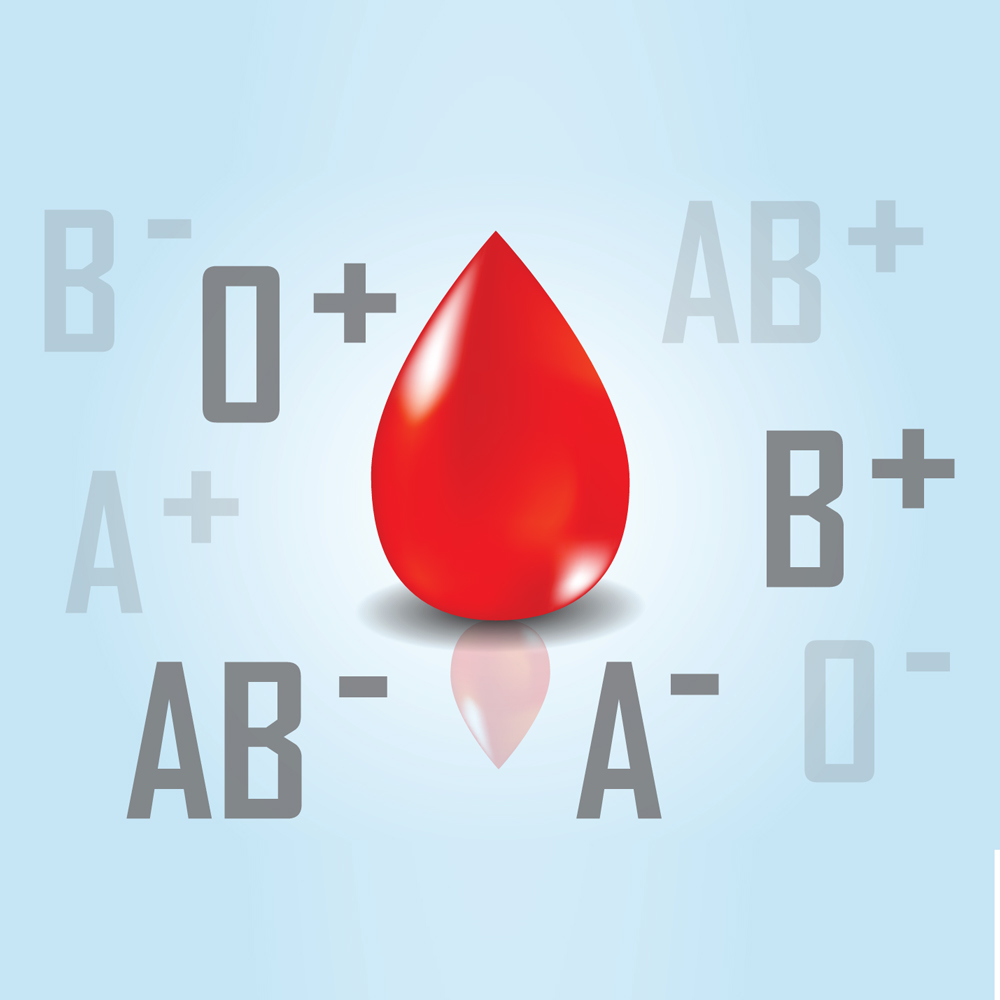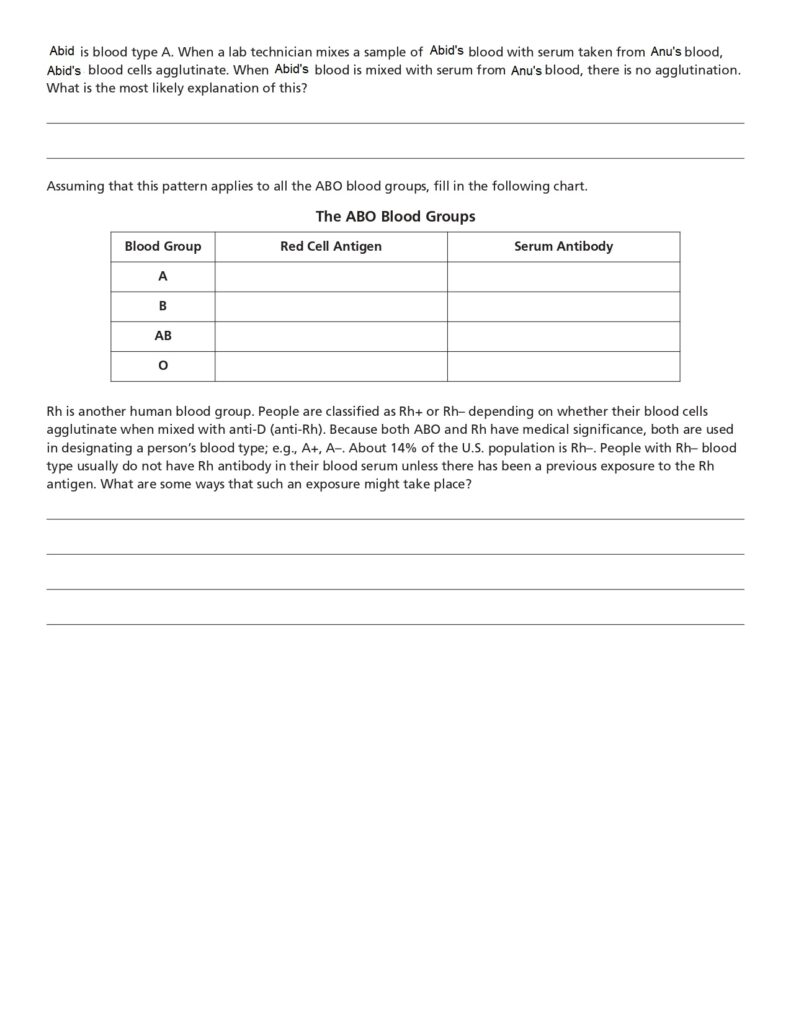Red Cabbage solution purples colour is Blood solution
higher pH make darker Blue colour change
Lower pH reddish colour change
Bleach transparent Clorox 10.0 pH = Colour change into light red
Bleach 11.5 pH = Change blue
Vinegar transparent ph 2.66 = Colour change into Green
pH power of Hydrogen
baking soda solution 8.0= light blue
Lemon juice 3.0 ph = light red
soda water
spirit 3.6 = pink
water ph 6.5
What chemicals are in fake blood?
In order to make fake blood, for special effects or for Halloween, you will need the following: Potassium Thiocyanate (KSCN), Iron (III) Chloride (FeCL3), which is also known as ferric chloride or may substitute Iron Nitrate (Ferric Nitrate). You will also need water or dihydrogen monoxide
https://knowledge.carolina.com/life-science/anatomy-and-physiology/synthetic-blood/A
Synthetic Blood
There are numerous science disciplines that require the study of blood. Whether you’re teaching physiology, forensics, genetics, or another topic, working with blood will allow students to see the biology and chemistry that is at work every day inside their own bodies. While many labs prefer to work with real blood, synthetic blood is an alternative that can give your students accurate, hygienic results without resorting to needles. Keep reading to learn more about synthetic blood and how to best use it in your classroom.
Teaching Students about Blood
Students at all grade levels will benefit from some aspect of studying blood. As a fundamental part of the human body, even the youngest students will be naturally curious about the purpose of blood. It’s a great entry point into basic lessons on physiology for elementary schoolers. Older students will love learning about the genetic variations of blood and how forensic scientists and doctors use blood type analysis to make a difference in the world.
Studying Blood Types
Students should be familiar with the ABO blood type system before they begin experimentation. The ABO blood type system classifies blood into four categories: A, B, AB, and O. The type is determined by the presence or absence of two different molecules called agglutinogens type A and B. Blood cells will also be positive or negative, depending on the presence or absence of Rh proteins. This infographic will help students conceptualize the topic.

Choosing Synthetic Blood
Carolina offers a variety of blood typing kits. This guide will help you determine whether synthetic blood, aseptic red blood cells, or user-provided blood samples are the best choice for your lab. There are plenty of reasons that you might choose to work with genuine blood samples. However, synthetic blood offers realistic blood typing results without the biohazard risks of working with the real thing. It’s also shelf stable to give you more flexibility when lesson planning. Another important consideration is that certain students may feel uncomfortable working with real blood. Synthetic blood will put their minds at ease.
Consult the video below to learn how to use Carolina’s synthetic blood in your classroom.
Carolina® Synthetic Blood
Carolina® Synthetic Blood has several advantages over other suppliers’ products, which usually depend on chemical reactions producing insoluble salts that precipitate from solutions. These products do not give visually realistic results. In actual blood typing, red blood cells form clumps (the agglutination reaction) that separate from the blood plasma. When mixed the appropriate synthetic antiserum, Carolina® Synthetic Blood forms clumps in the same way, for a realistic blood typing result. It’s the closest to authentic blood typing that you can get without using real blood.
Blood Typing Experiments to Try
Blood typing experiments will help students learn about these topics in a memorable way. Our Introduction to Blood Types Lab is designed to introduce students to the human ABO blood groups. The lab can be completed with either our aseptic blood cells or our synthetic blood. Consider creating an engaging role-play scenario for your class (such as a medical emergency or crime scene) to make the learning fun.
Another great experiment to try is our Synthetic Blood Paternity Test Kit. Students will use artificial blood to simulate this well-known medical experiment. They will be engaged by the realistic medical test. Please note that this kit is only to be used with synthetic blood.
Carolina offers plenty of other science kits as well, so you can continue exploring these topics and more in your classroom. From biology to chemistry to physics, Carolina has everything you need to create dynamic, engaging science lessons for your students.
Introduction to Blood Types

Carolina LabSheets™
In this lab, students are introduced to the human ABO blood groups. The activity is designed for use with our Carolina® Synthetic Blood, but it may also be performed using our aseptic blood cells.
Student Lab Sheet
Needed Materials
Synthetic A Antisera (700170)
Synthetic B Antisera (700171)
Synthetic D (Rh) Antisera (700172)
Synthetic Blood Type A– (700183)
Synthetic Blood Type B– (700179)
Synthetic Blood Type AB+ (700178)
Synthetic Blood Type O+ (700176)
Dropping Bottles (716550)
Mixing Sticks (700550)
Synthetic Antiserum and Synthetic Blood are sold by the milliliter. A milliliter provides approximately 20 drops. Each blood test (for A, B, and Rh) requires 3 drops of blood, so 5 mL of a given blood sample is enough for about 30 tests. Each blood test requires 1 drop of each antiserum, so about 1.5 mL of each antiserum is needed for 30 tests. When stored at room temperature and away from sunlight, Synthetic Blood Types and Antisera have a shelf life of over 2 years.
Optional Materials
To do this activity with aseptic blood cells, substitute Aseptic Bulk Blood Cells Set (700168) and ABO/Rh Antisera Set (700224) or Blood Cells/Antisera Set (700150) for the synthetic antisera and synthetic blood types listed above. Do not mix the two—synthetic antisera will not work with actual blood cells. The aseptic blood cells and antisera provided in the 700150 set are shipped in their own dropper bottles, so dropping bottles are not needed when using the Blood Cells/Antisera Set. Aseptic blood cells and antisera should be refrigerated on arrival and are best used within 21 days of receipt. Blood cells tend to settle. Gently agitate the containers before each use.
Safety
Ensure that students understand and adhere to safe laboratory practices when performing any activity in the classroom or lab. Demonstrate the protocol for correctly using the instruments and materials necessary to complete the activities, and emphasize the importance of proper usage. Use personal protective equipment such as safety glasses or goggles, gloves, and aprons when appropriate. Model proper laboratory safety practices for your students and require them to adhere to all laboratory safety rules. Our Synthetic Blood and Synthetic Antisera contain nothing of biological origin and are easily and safely discarded because they pose no health hazard. If using aseptic blood cells and antisera, remember that these are of biological origin and should be disposed of accordingly
Procedures
Have students work individually or in pairs.
Clearly label each dropping bottle before dispensing the antisera and blood samples into them. Label the dropping bottles with numbers so that the students do not know the blood types:
1 = blood type A– 3 = blood type AB+
2 = blood type B– 4 = blood type O+
Set up workstations for optimal efficiency with the materials you are using. One method is to set up a station for each blood sample and an additional station for the antisera.
Optional: You may use synthetic blood types other than the ones recommended above. You may also create your own scenario for blood typing, e.g., a crime investigation or medical emergency.
Answer Key to Questions Asked on the Student Lab Sheet
| Sample 1 | Sample 2 | Sample 3 | Sample 4 | |
| Anti-A | Yes | No | Yes | No |
| Anti-B | No | Yes | Yes | No |
| Anti-D (Rh) + or – | No | No | Yes | Yes |
| Blood Type | A- | B- | AB+ | O+ |
Mike is blood type A. When a lab technician mixes a sample of Mike’s blood with serum taken from Ken’s blood, Mike’s blood cells agglutinate. When Mike’s blood is mixed with serum from Kim’s blood, there is no agglutination. What is the most likely explanation of this?
Ken’s blood serum contains anti-A, and Kim’s does not.
Assuming that this pattern applies to all the ABO blood groups, fill in the following chart.
The ABO Blood Groups
| Sample 1 | Sample 2 | Sample 3 | Sample 4 |
| Yes | No | Yes | No |
| No | Yes | Yes | No |
| No | No | Yes | Yes |
| A- | B- | AB+ | O+ |
Rh is another human blood group. People are classified as Rh+ or Rh– depending on whether their blood cells agglutinate when mixed with anti-D (anti-Rh). Because both ABO and Rh have medical significance, both are used in designating a person’s blood type; e.g., A+, A–. About 14% of the U.S. population is Rh–. People with Rh– blood type usually do not have Rh antibody in their blood serum unless there has been a previous exposure to the Rh antigen. What are some ways that such an exposure might take place?
By having a blood transfusion of Rh+ blood, or, in the case of an Rh– woman, by a previous pregnancy with an Rh+ fetus.


Solution
The correct option is A True
Precipitation reaction: A precipitation reaction produces an insoluble solid as a result of the reaction of two dissolved chemicals in a solution.
Precipitation reaction produces insoluble ionic salt.
Lead carbonate(PbCO3),
Lead sulfate (PbSO4), and
Lead chloride(PbCl4) are examples of precipitation salt. Precipitation can occur when solutions containing ionic compounds are mixed and an insoluble product is formed.
AgNO3(aq)Silver nitrate + KCl(aq) Potessium chloride→AgCl(precipitate)
Silver Chloride + KNO3(aq) Potassium nitrate Thus, the given statement is true. Precipitation reactions produce insoluble salts.
Which Carolina Blood Products Are Right for Your Classroom?
Carolina offers a variety of blood typing kits. This guide will help you choose the right one for your class.

